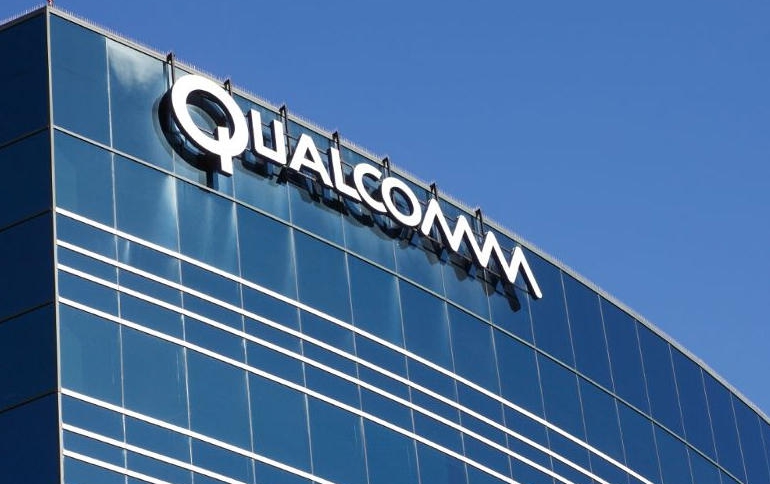
Qualcomm Releases 60GHz 802.11ay Wi-Fi Solutions
Qualcomm today announced a family of 60GHz Wi-Fi chipsets, the QCA64x8 and QCA64x1 for the new 802.11ay standard, delivering 10+ gigabit-per-second (Gbps) network speeds and wire-equivalent latency, while consuming low power.
Chips for the initial 60-GHz Wi-Fi standard, .11ad, rolled out six years ago, but they still make up only a small sliver of the vast Wi-Fi chip market. The new .11ay standard adds dual-channel bonding to double data rates up to nearly 10 Gbits/s but cannot overcome the physics that limit the reach of 60-GHz signals typically to within a room.
Qualcomm Technologies' family of 11ay 60GHz Wi-Fi chipsets includes QCA6438 and QCA6428 for infrastructure and fixed wireless access, and the QCA6421 and QCA6431 for mobile applications. The version of the new chips for access points (APs) supports indoor line-of-sight distances of up to 50 m at 4.5 Gbits/s. A mobile version consumes up to a watt at peak transmission rates.
Although 60-GHz signals have poor penetration of walls, efficiency in Gbits/mW is up thanks to the higher data rates. The new chips support a sustained latency as low as 3 ms, making uses like AR/VR headsets one focus.
Earlier this year, Qualcomm Technologies, and Facebook announced they are working together to deliver high-speed internet connectivity with Facebook's Terragraph technology through the development of a multi-node wireless system based on the QCA6438 and QCA6428 chipsets.
Qualcomm says that the new solutions provide wire-equivalent latencies enabling new gaming and entertainment experiences such as 4K streaming, virtually lag-free mobile screen casting to an entertainment system and wireless virtual and augmented reality experiences.
Attributes of 60GHz Wi-Fi go far beyond high performance throughput, as Qualcomm Technologies' new chipsets enable always-on ambient Wi-Fi sensing capabilities, enabling devices to identify people, objects, movements and precise location without being affected by light conditions.
The QCA64x8 and QCA64x1 are available today.
Qualcomm showed its prowess in mmWave design earlier this year, rolling out an RF front-end module for 5G smartphones. Rivals such as Broadcom, Qorvo, and Skyworks said that they don't expect that initial 5G handsets will support mmWave bands due to design and market challenges.
One of the big questions in wireless in 2019 will be whether handsets geared mainly for 28 and 39 GHz gain market traction any faster than the 60-GHz Wi-Fi products.





















